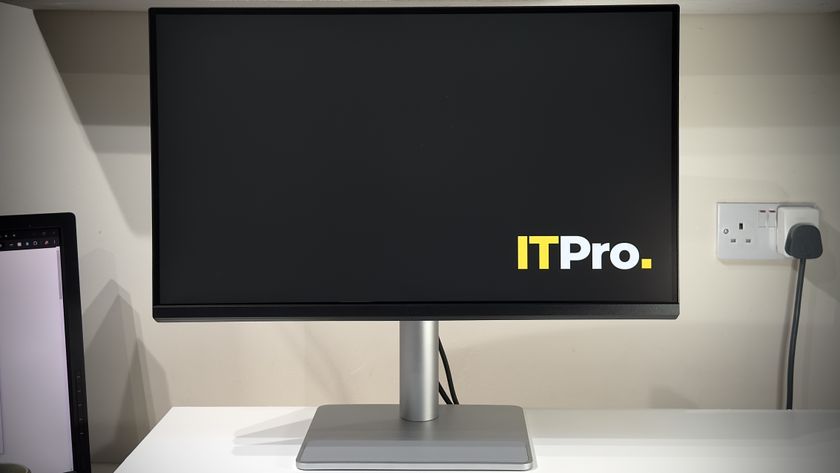We compared these results with a Dell PowerEdge R715 we reviewed in our sister title PC Pro. This had a pair of 2.2GHz 12 core Opterons, 32GB of DDR3 memory plus two hard disks and pulled 344W under load. The Quattro peaked at an average of 336W per node showing it be comparatively easy on the utility supply.
Even full remote management is provided as each server has an embedded RMM chip which presents a dedicated network port at the rear. This has a tidy web interface offering plenty of data about all motherboard sensors, good user access controls and fault alerting facilities.
It also comes as standard with KVM-over-IP remote control and we found this invaluable during testing. With four separate consoles open we could monitor and control all four nodes from one desktop.
The innovative design of the Quattro has very little competition. Only HP has made an attempt at producing multi-node servers and we weren't impressed with the results.
When we reviewed the ProLiant DL4x170h we thought its low levels of hardware redundancy left it wanting. The lack of hot-swap server nodes and virtually inaccessible cooling fans will result in prolonged downtime if any fail.
HP's ProLiant SL2x170z G6 is also a bit of an oddball as this 2U rack chassis has two hot-swap blades each with two separate motherboards. Internal cabling is messy and each motherboard only gets a single cold-swap hard disk so storage redundancy is non-existent.
Boston's Quattro 2296-T simply won't beaten for processing density and is a good choice for businesses looking for high density computing nodes but don't want to invest in blade servers. It's big on value and its design and hardware redundancy are superior to competing products from HP.
Verdict
Boston’s Quattro 2296-T puts Supermicro’s classy multi-node server design to good use by delivering a record breaking processing density. Only HP has competing products but these are pale imitations with limited hardware redundancy. The Quattro has an excellent hardware specification for the price and its high number of processing cores makes it ideal for a wide range of applications including large render farms.
SPECIFICATIONS Chassis: 2U rack Power: 2 x 1400W hot plug power supplies Storage: 12 x 3.5in SATA hot-swap drive bays Server Nodes: 4 x hot-plug (each with the following specification) Motherboard: Supermicro H8DGT-HF CPU: 2 x 2.1GHz AMD Opteron 6172 Memory: 32GB 1,333MHz DDR3 RAM upgradeable to 256GB Storage: 2 x 1TB WD Enterprise SATA hard disks in hot-swap carriers RAID: embedded AMD SP5100 6-port SATA controller Array support: RAID 0, 1, 10 Expansion: 1 x PCI Express x16 Network: 2 x Gigabit Ethernet Management: embedded RMM with 10/100 port Software: Supermicro SuperO Doctor III and IPMI View 2 POWER CONSUMPTION Idle 580W (four nodes) Active 1346W (four nodes)
Dave is an IT consultant and freelance journalist specialising in hands-on reviews of computer networking products covering all market sectors from small businesses to enterprises. Founder of Binary Testing Ltd – the UK’s premier independent network testing laboratory - Dave has over 45 years of experience in the IT industry.
Dave has produced many thousands of in-depth business networking product reviews from his lab which have been reproduced globally. Writing for ITPro and its sister title, PC Pro, he covers all areas of business IT infrastructure, including servers, storage, network security, data protection, cloud, infrastructure and services.












